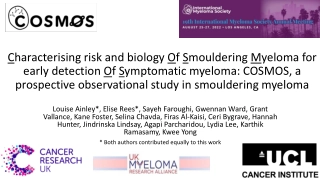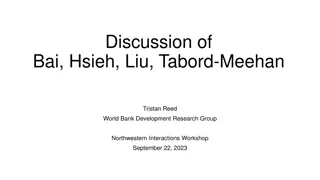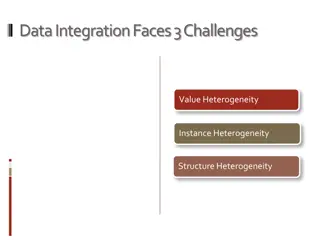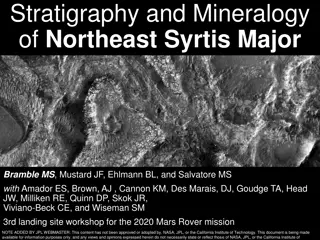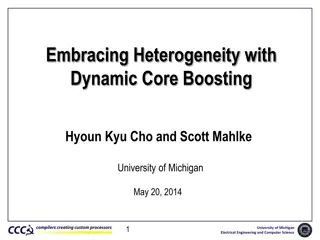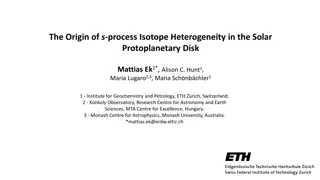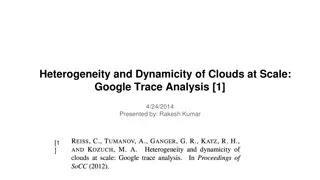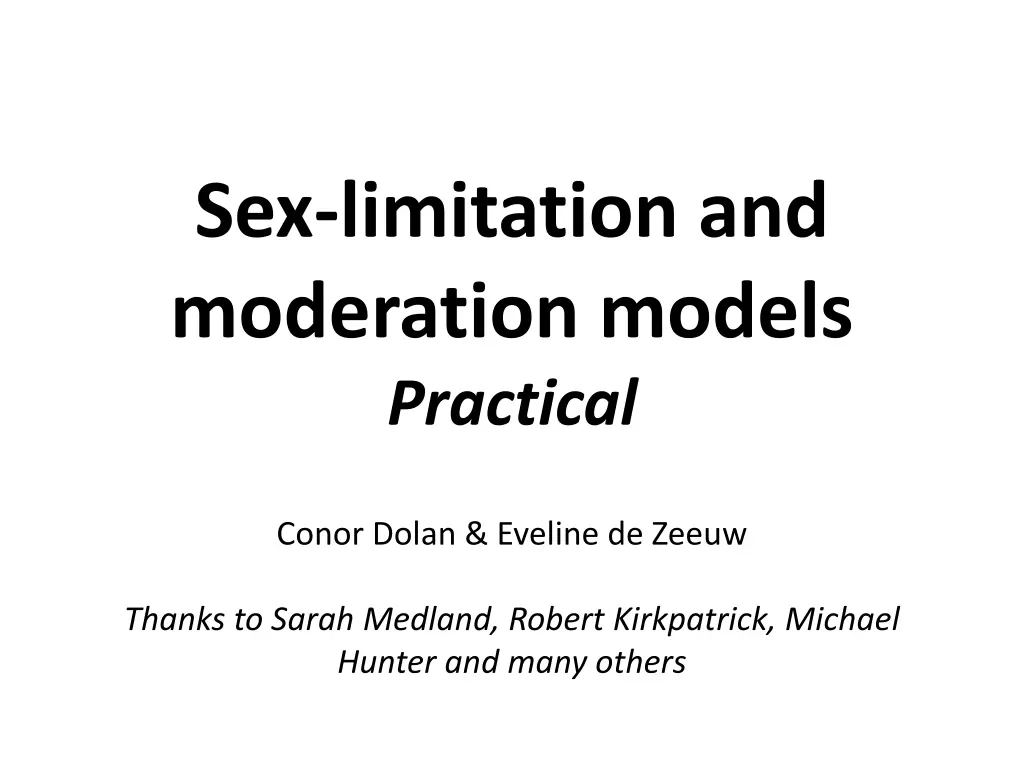
Practical Models for Sex Limitation and Moderation
Discover practical models for analyzing sex differences in BMI measurements based on twin data. Follow steps to run models in R, interpret results, and report standardized variance components. Raise questions when needed to ensure understanding and accuracy.
Download Presentation

Please find below an Image/Link to download the presentation.
The content on the website is provided AS IS for your information and personal use only. It may not be sold, licensed, or shared on other websites without obtaining consent from the author. If you encounter any issues during the download, it is possible that the publisher has removed the file from their server.
You are allowed to download the files provided on this website for personal or commercial use, subject to the condition that they are used lawfully. All files are the property of their respective owners.
The content on the website is provided AS IS for your information and personal use only. It may not be sold, licensed, or shared on other websites without obtaining consent from the author.
E N D
Presentation Transcript
Sex-limitation and moderation models Practical Conor Dolan & Eveline de Zeeuw Thanks to Sarah Medland, Robert Kirkpatrick, Michael Hunter and many others
COPY FILES FROM: /home/eveline/2020/Heterogeneity
Example Measurement BMI at age 12 Based on mother-reported height and weight Sample Netherlands Twin Register 971 MZM, 878 DZM, 1015 MZF, 835 DZF and 1715 DOS pairs Research question Are there qualitative and/or quantitative sex differences for BMI?
rAmf*sAm*sAf sAm2 sEm2 sCf2 sCm2 sEf2 sAf2 Am Cm Em Af Cf Ef 1 1 sCm*sCf 1 1 1 1 phm phf sAm2 + sCm2 + sEm2 sAf2 + sCf2 + sEf2 rA*sAmsAf + sCmsCf
Tests 1. Are there qualitative sex differences? 2. Are there quantitative sex differences? 3. Does the common environment play a role?
Your task 1. Open the script G x Sex interaction.R 2. Walk through the first part of the script - 1 = MZM, 2 = DZM, 3 = MZF, 4 = DZF, 5 = DZMF, 6 = DZFM 3. Run the saturated model 4. Have a look at the twin correlations 5. Run the non-scalar general sex-limitation model 6. Run the submodels ( = 0.05) - For each model fill out the question marks 7. Report the standardized variance components of the best model 8. Make sure that you know what you are doing 9. Raise your hand if you have a question
Results Model EP -2LL df AIC -2LL df P 0. SAT 30 45706.65 10753 24560.65 - - - 1. ACErq 0 9 45829.65 10594 24641.65 123.00 21 <.001 2. ACEq 1 8 45831.79 10595 24641.79 2.13 1 .144 3. ACE 2 5 45866.29 10598 24670.29 34.50 3 <.001 4. AEboys 2 7 45842.87 10596 24650.87 11.08 1 <.001 5. AEgirls 2 7 45850.71 10596 24658.71 18.92 1 <.001 mean A C E SA SC SE Males 17.5 5.1 0.2 0.7 .85 .04 .11 Females 17.7 4.9 1.5 0.7 .70 .21 .10
Example Measurement BMI in adulthood (> 18 year) Based on reported height and weight Sample Only males Younger and older cohort Australian Twin Register 1232 MZ and 750 DZ pairs Research question Is heritability of BMI dependent on age?
s2C s2A s2E C A E 1+ yM1 1+ XM1 1+ zM1 m+ M M1 Twin 1 1
Tests 1. Does the mean of BMI depend on age? 2. Does the common environment play a role? 3. Does the influence of genes and the environment depend on age?
Your task 1. Open the script G x Age interaction.R 2. Walk through the first part of the script - 1 = MZm young, 3 = DZm young, 6 = MZm old, 8 = DZm old 3. Run the first part of the script 4. Run the submodels ( = 0.05) - For each model fill out the question marks 5. Plot the (un)standardized variance components of the best model 6. Make sure that you know what you are doing 7. Raise your hand if you have a question
Results Model EP -2LL df AIC -2LL df P 1. modACE 8 9321.68 3845 1631.68 - - - 2. modAE 1 6 9325.22 3847 1631.22 3.54 2 .171 3. AEnoModMean 2 5 9552.43 3848 1856.43 227.21 1 <.001 4. AEnoModAE 2 4 9395.07 3849 1697.07 69.84 2 <.001 5. AEnoModA 2 5 9328.26 3848 1632.26 3.04 1 .081 6. AEnoModE 5 4 9395.07 3849 1697.07 66.81 1 <.001

